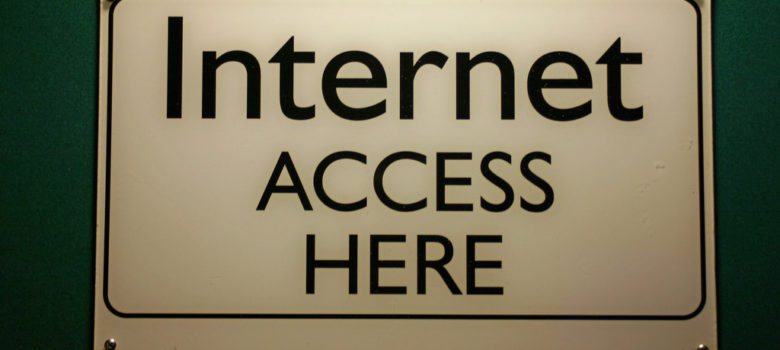In Canada, services that broadcast over the Internet don’t need a licence from the CRTC, as we exempted them from this obligation. We do not intervene on content on the Internet.
This statement – we do not intervene on content on the Internet – appears on the CRTC site at the very beginning of a page devoted to TV shows, movies, music and other content online. It may not be a regulatory statement, but it reflects how the CRTC sees itself and how it wants to be seen. Bell and other companies associated with the coalition have regularly tried to drag it into various forms of content regulation under the Telecommunications Act. Yet the Commission has rightly rejected those efforts, emphasizing that it does not licence or judge Internet content nor is it empowered by legislation to do so.
The CRTC’s past pronouncements on website blocking are a case in point. As noted earlier in the series, the first request for mandated website blocking involved a request in 2006 from Richard Warman to block two hate sites. Warman provided the Commission with expert evidence that the sites violated the Criminal Code. The CRTC refused to issue the order, noting that it did not think it had the legislative power under Section 36 to issue blocking orders. The Commission’s unwillingness to order the blocking of sites that violate the Criminal Code highlights why ordering the blocking of non-criminal content as contemplated by the Bell plan should be a non-starter.
Further, the CRTC’s September 2016 letter arising out of the Quebec law mandating the blocking of access to unlicensed gambling sites noted that “compliance with other legal or juridical requirements – whether municipal, provincial or foreign – does not in and of itself justify the blocking of specific websites by Canadian carriers, in the absence of Commission approval under the Act.” This statement is often cited with reference to the CRTC’s ability to approve blocking in exceptional circumstances. However, the more important takeaway is that the CRTC is not the right venue to opine on the legality of activities that fall outside of its legislative framework.
The Commission’s net neutrality rulings provides another illustration of its aversion to content regulation within the Telecommunications Act. For example, in the 2017 differential pricing decision, some groups argued for preferential treatment for Canadian content. The CRTC rejected the proposals:
Given all the drawbacks and limitations of using differential pricing practices as a way to support and promote Canadian programming, the Commission considers that any benefits to the Canadian broadcasting system would generally not be sufficient to justify the preference, discrimination, and/or disadvantage created by such practices.
In other words, even some potential benefits for Broadcasting Act policies are not enough to overcome the harms that arise from tinkering with the free flow of telecommunications. The Bell coalition’s legal opinion notably spends more time justifying the site blocking plan under the Broadcasting Act than it does under the Telecommunications Act. The reason for doing so is obvious: site blocking cannot be easily justified under the Telecommunications Act. Indeed, the attempt to incorporate the Broadcasting Act into the argument runs counter to the Supreme Court of Canada’s 2012 ISP Reference, which leaves no doubt that ISPs simply do not fall under that Act when transmitting content:
An ISP does not engage with these policy objectives when it is merely providing the mode of transmission. ISPs provide Internet access to end-users. When providing access to the Internet, which is the only function of ISPs placed in issue by the reference question, they take no part in the selection, origination, or packaging of content. We agree with Noël J.A. that the term “broadcasting undertaking” does not contemplate an entity with no role to play in contributing to the Broadcasting Act’s policy objectives.
The regulatory framework for telecommunications – whether in the Act’s objectives, the government’s policy direction, or in the Supreme Court’s clear separation of broadcasting and telecom – all point to policy priorities premised on efficiency, affordability, and competitiveness. To engage in content regulation on the Internet is incompatible with those priorities and would turn the CRTC into an Internet content regulatory authority, opening the door to licensing or regulating Internet streaming services, traffic that runs through ISP networks, and web-based content wherever it may be located.
Supporters of the Bell proposal downplay these concerns, arguing that it is a narrowly tailored approach to address piracy. This series has identified why the blocking system is likely to lead to overblocking and expanded scope of coverage for both IP and non-IP issues. But even more fundamentally, implementing a blocking plan without court order under the auspices of the CRTC turns the Commission (and by extension the government) into a regulator of Internet content in direct contradiction to the telecommunications legislative framework and the CRTC’s stated approach to online content.








Pingback: This Week’s [in]Security – Issue 50 - Control Gap | Control Gap
Pingback: Conservative MP on Bell Site Blocking Plan: "Canadians Should be Concerned" - Michael Geist